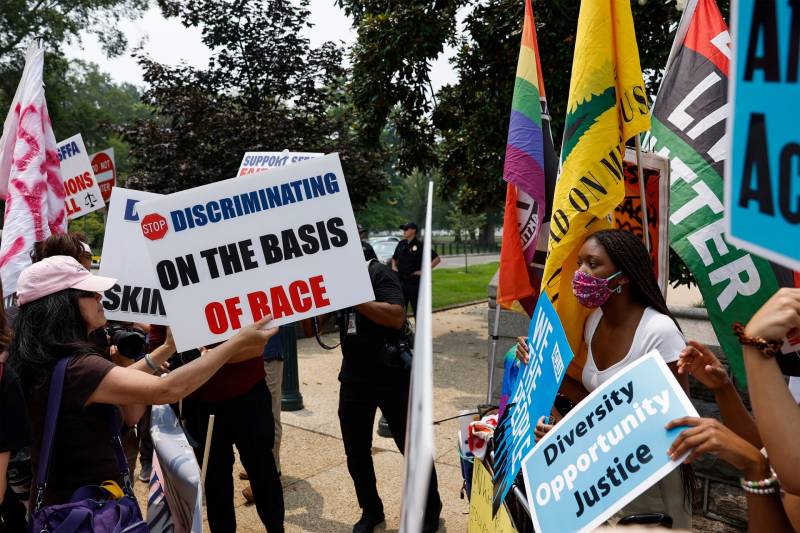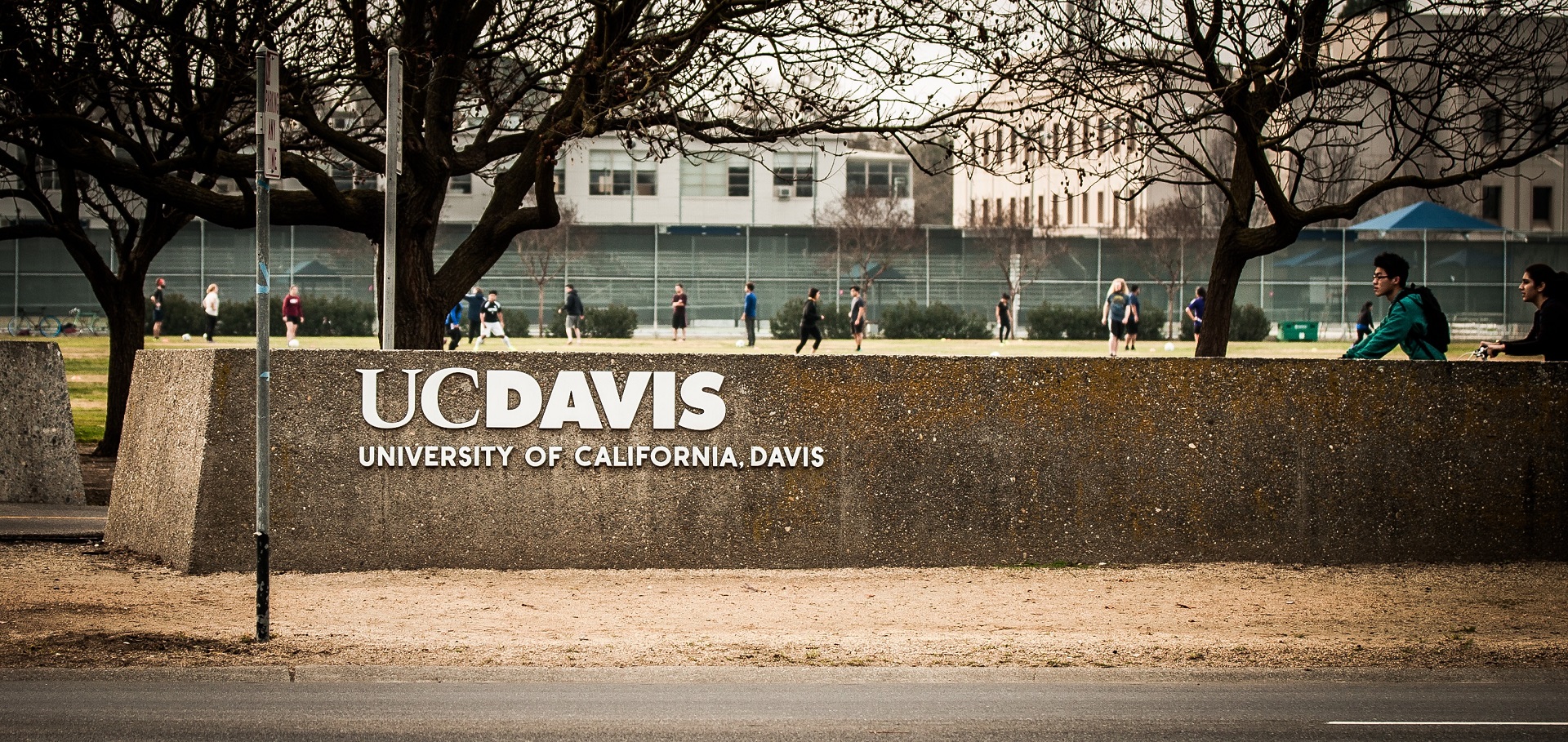Doctors are concerned that a Supreme Court ruling issued June 29 will have far-reaching effects not only on the diversity of doctors and other care providers in training, but ultimately, on patient care.
The decision found it unconstitutional for colleges and universities to use race as a factor in student admissions, which will affect enrollment decisions at public and private educational institutions, including medical schools.
Like other academic institutions, medical schools have long factored race into admission decisions. The schools operated under the principle — and there is considerable evidence they are correct — that a more diverse workforce of doctors does a better job of treating diverse patients.
The “decision demonstrates a lack of understanding of the critical benefits of racial and ethnic diversity in educational settings and a failure to recognize the urgent need to address health inequities,” read a statement from David Skorton, president and CEO of the Association of American Medical Colleges, and Frank Trinity, its chief legal officer.

